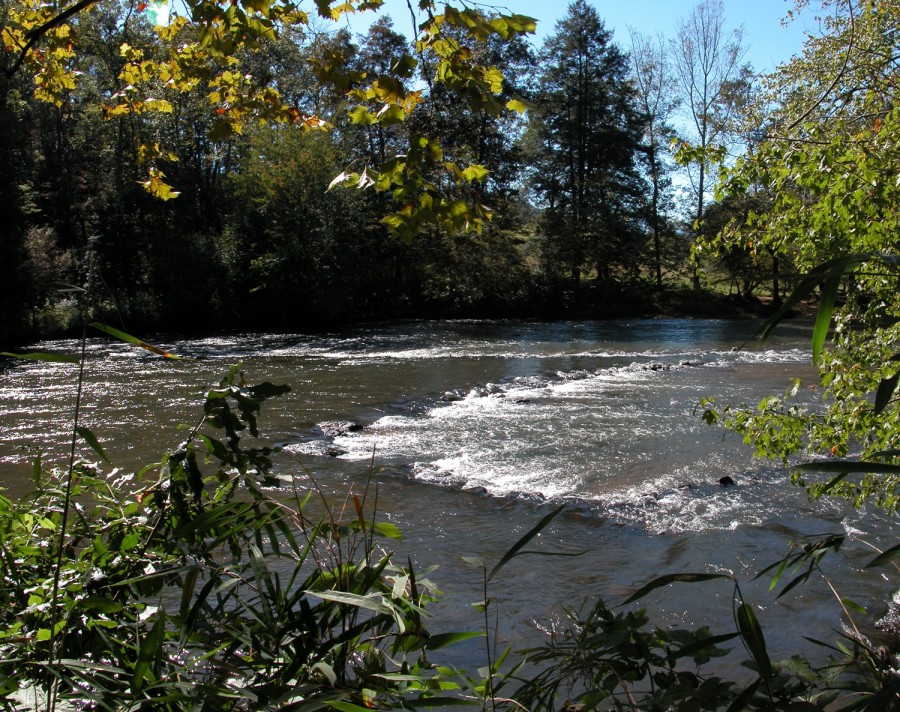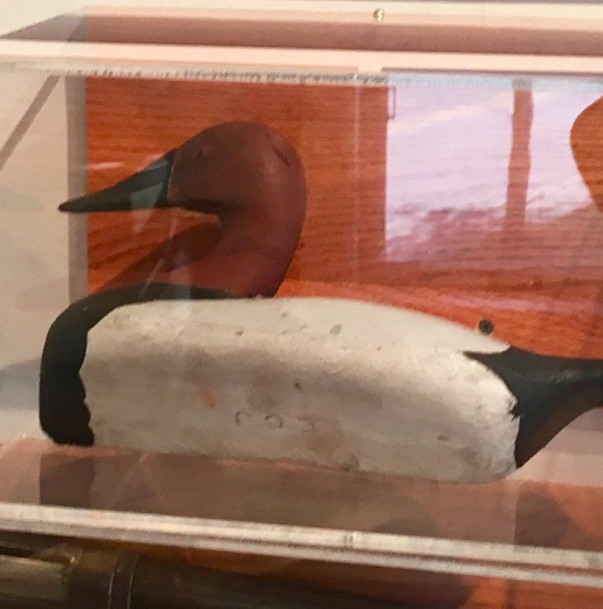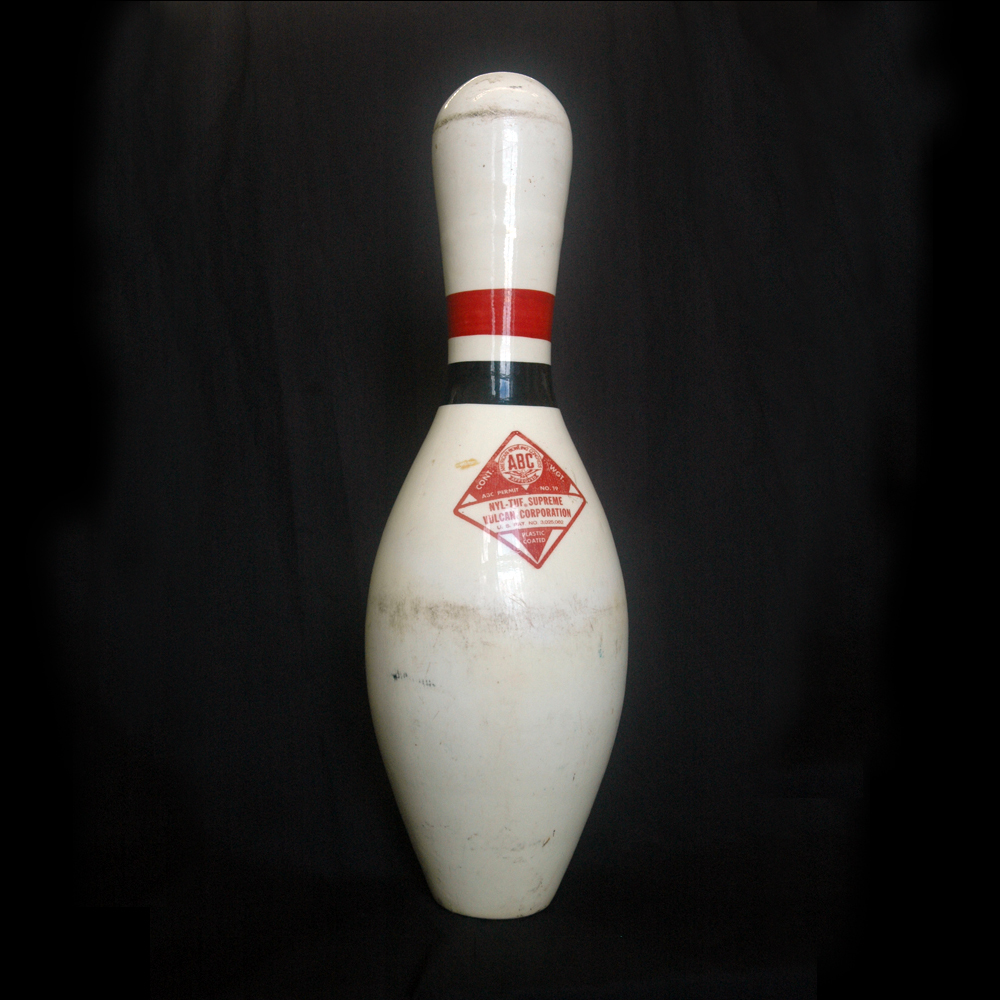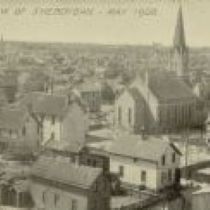OBJECT HISTORY: Aztalan Fishing Weir
Fishing can take a lot of patience. A person could sit with their fishing pole for hours before they get a bite! Fishing weirs are time-saving technologies built in the water to trap fish. This fishing weir was created by the people who lived in the Early Mississippian settlement, Aztalan, sometime between the 10th and…





